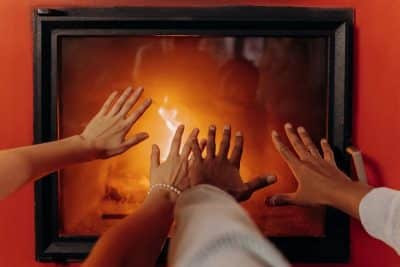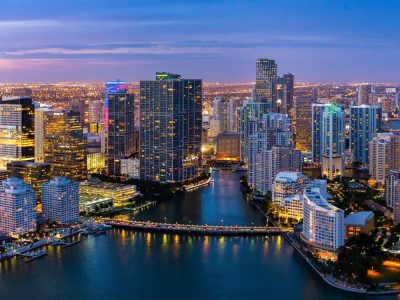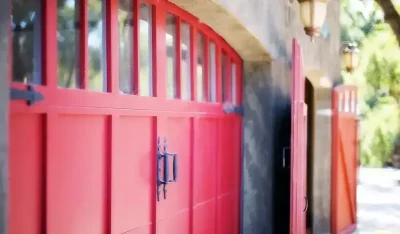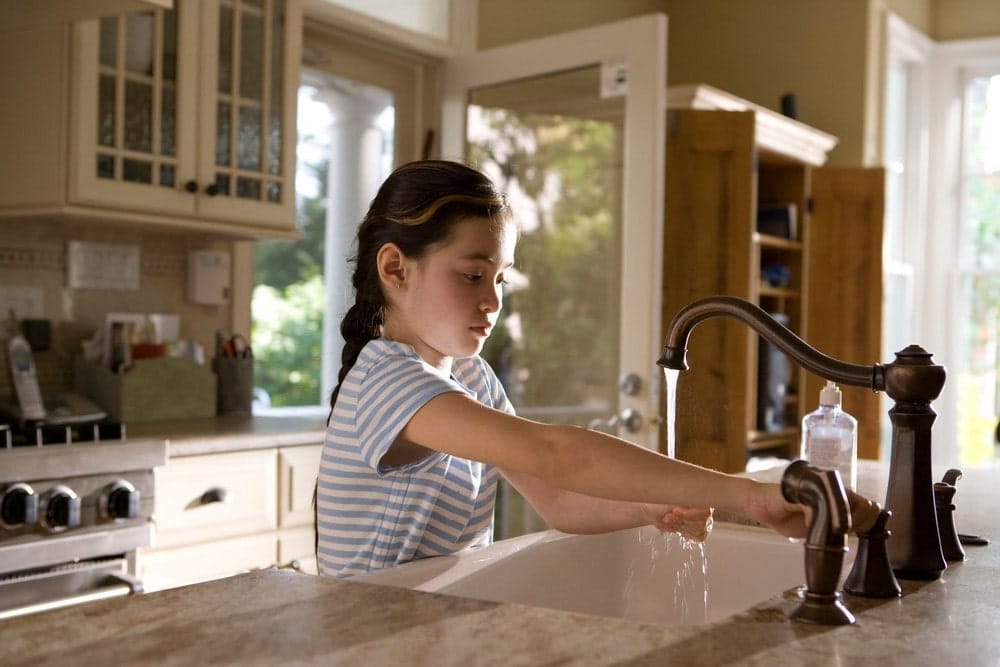
Have you ever wondered what’s really in your tap water? Whether you’re dealing with strange tastes, worried about safety, or just want the best water quality for your family, this guide will help you understand and improve your home’s water.
Why Water Quality Matters
Clean water is essential for everything we do at home. We drink it, cook with it, clean with it, and bathe in it. When your water quality isn’t up to par, you might notice:
- Unusual tastes or smells (like chlorine or rotten eggs)
- Stains on your sinks, toilets, or laundry
- Soap that doesn’t lather well
- Spotty dishes after washing
- Dry skin and hair
These aren’t just annoying problems – they can affect your health, damage your plumbing, and make your appliances wear out faster. Many homeowners address these issues with advanced filtration methods and consider a reverse osmosis system, which can effectively eliminate the most common water quality problems.
Where Does Your Water Come From?
The average American household uses more than 300 gallons of water daily. Approximately 70% of this usage occurs indoors, while the remaining 30% is attributed to outdoor activities such as lawn watering and cleaning. Your water’s source plays a big role in its quality. Most homes get their water in one of two ways:
City Water (Municipal Supply)
City water goes through treatment plants before reaching your home. While this ensures basic safety, the water can still pick up contaminants through old pipes or lose quality by the time it reaches your tap.
Private Wells
If you have a well, you’re in charge of your own water quality. Well water often contains natural minerals, which can be either beneficial or problematic, depending on the type and amount.
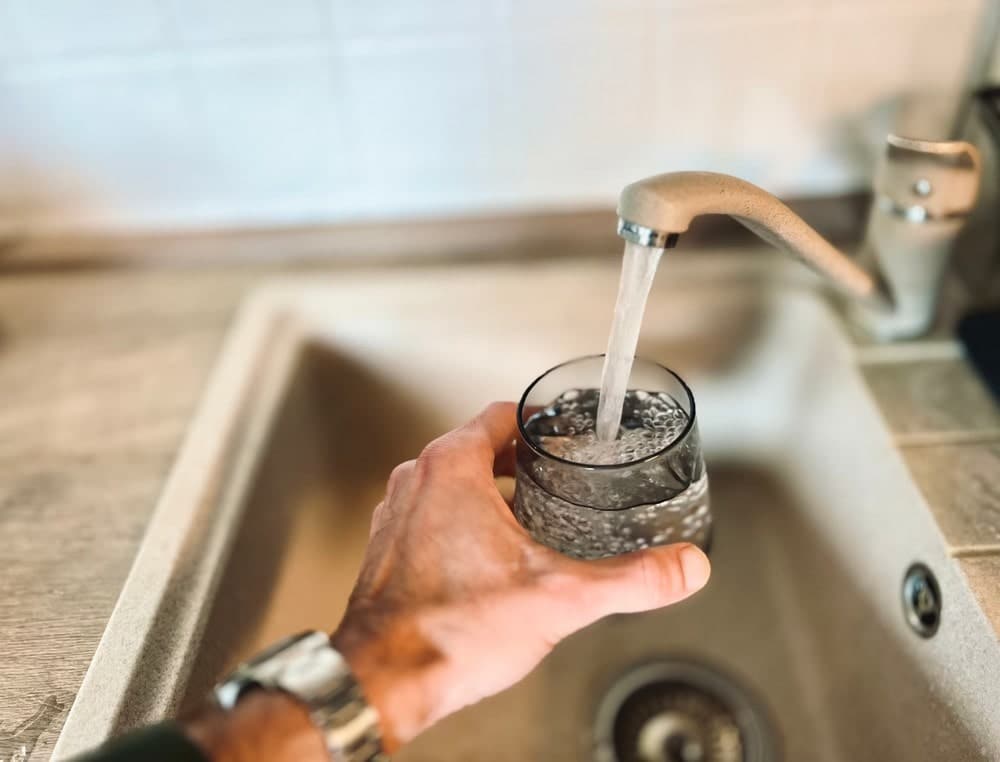
Common Water Problems and What They Mean
Understanding your water problems is the first step to fixing them. While water issues can seem alarming, most are common and treatable once you identify them correctly. Here are some common issues you might encounter and what they really mean for your home:
- Cloudy Water: Usually caused by tiny air bubbles or sediment
- Reddish or Brown Water: Typically indicates iron or rust
- Green or Blue Stains: Often caused by copper pipes
- Chlorine Smell: Common in city water due to treatment
- Rotten Egg Smell: Usually hydrogen sulfide gas in well water
Testing Your Water
Before buying any treatment system, get your water tested. You have two options:
Home Testing
- Simple kits from hardware stores
- Good for basic problems like hardness and chlorine
- Provides quick results
- Less accurate than professional testing
Professional Testing
- Comprehensive analysis of contaminants
- Required for serious concerns
- More expensive but more reliable
- Often free through local health departments
Solutions for Better Water Quality and Maintenance
Improving your home’s water quality comes down to two main approaches: whole-house solutions or point-of-use treatments. Whole-house systems treat all incoming water and are ideal for addressing widespread issues like hard water, rust stains, or chlorine taste. The most common whole-house solution is a water softener, which removes minerals that cause scale buildup on appliances and plumbing. For homes with bacteria concerns, especially those with well water, UV systems provide additional protection.
For drinking and cooking water, point-of-use solutions offer more targeted treatment at specific locations, typically the kitchen sink. These options include:
- Under-sink filters: Comprehensive filtration, hidden from view
- Countertop filters: Easy installation but uses counterspace
- Faucet-mounted filters: Basic filtration with simple setup
- Water pitchers: Most affordable and portable option
Maintaining your water treatment system requires consistent attention but isn’t complicated. Replace basic filters every 3-6 months, clean water softener tanks annually, and test water quality yearly (more often for well water). While most maintenance is DIY-friendly, call a professional for sudden changes in water quality or whole-house system installation.
The investment varies from $20 for a basic pitcher to $2,500+ for comprehensive whole-house systems. When combined with regular plumbing maintenance, treated water often pays for itself through:
- Extended appliance life
- Reduced plumbing repairs
- Lower soap and detergent use
- Eliminated bottled water expense
Start with a professional water test to identify specific issues, then address your most pressing concerns first. Regular maintenance will ensure your chosen solution continues providing clean, safe water for years to come.
Taking Action for Better Water
Clean, safe water isn’t just a luxury – it’s essential for your family’s health and your home’s longevity. While improving your water quality might seem overwhelming at first, breaking it down into manageable steps makes the process much simpler. Start by understanding your water source and testing for specific issues. Then choose the treatment solution that best fits your needs and budget, whether that’s a whole-house system or a simple under-sink filter.
Remember that perfect water quality doesn’t have to happen overnight. You can begin with addressing your most pressing concerns, like drinking water quality, and gradually expand your treatment approach as needed. The most important step is simply getting started – your family’s health and your home’s protection are worth the investment. With the right approach and regular maintenance, you can enjoy clean, great-tasting water throughout your home for years to come.

